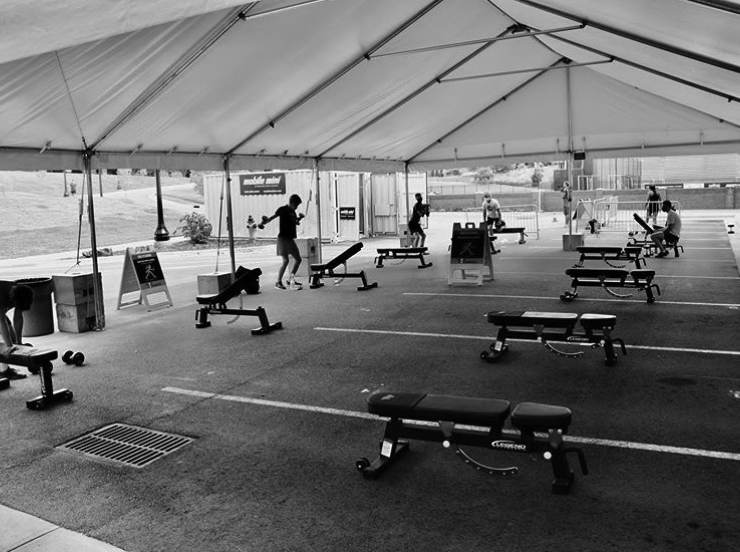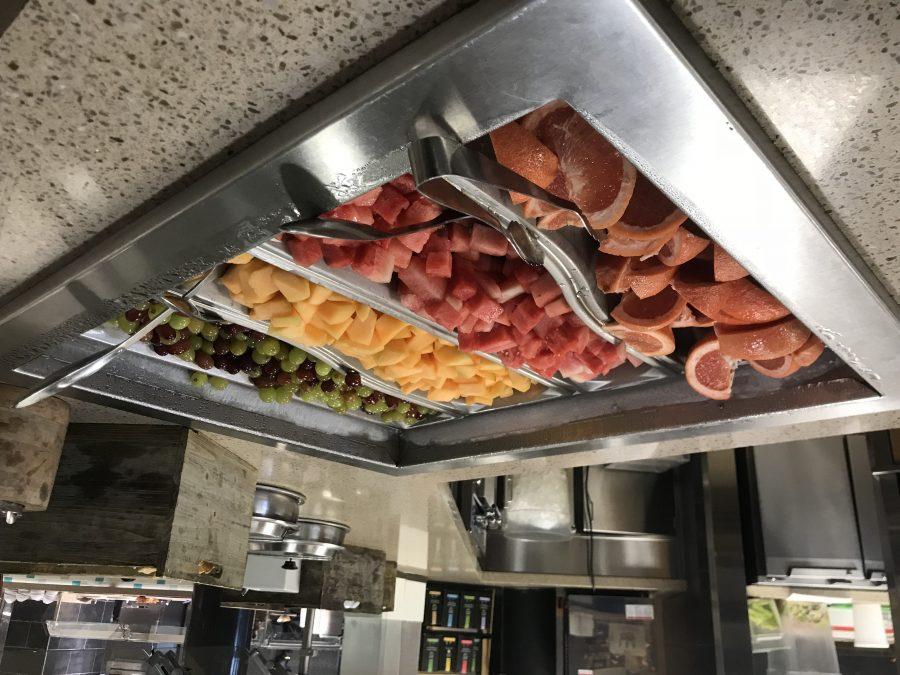Experienced distance runners don’t disclose the unbearable ankle pain at mile 11 or the stiffness in your knees as you crawl to the finish line.
They don’t describe the sticky energy gel distributed during the race and they never mention the negativity that somehow seeps into your mind, despite genuine attempts to “smile through the pain.” They don’t tell you these things because, well, they don’t matter.
The discomforts of distance running don’t matter when you cross the finish line at the end of a long, tiresome race. Awash in pride, there’s no room for complaints or misgivings. As a newbie in the distance running community, I didn’t know what to expect from my first run.
Last weekend I ran my first half marathon in Asheville, North Carolina. The 13.1-mile race looped through the magnificent Biltmore property, even leading us to its opulent doorstep at mile number seven. We raced up steep hills, alongside water, through the Biltmore gardens and over rocky terrain. It was strenuous, frustrating and wonderful at the same time.
As I ran, I compiled a list of suggestions for fellow first-timers preparing for upcoming races.
1. Find a friend
Ask around to see if your friends are interested in signing up for the race, too. From training to the celebratory post-race meal, running with a friend will make the whole process more enjoyable. Even though you may not run at the same pace, it’s nice to know you have a teammate in the race cheering you on.
2. Weather the weather
Race-day conditions are unpredictable, so it’s important to be prepared for any weather. Wear layers to shed as you warm up. I was surprised to see throwaway gear littering the course and wish I had made a trip to Goodwill prior to the race. Some runners wore old pajamas and sweatshirts for the first mile before disrobing and leaving the cheap clothing in the dust.
3. Locate the Pacers
Pacers volunteer to run at a specific speed so others know if they’re on track to meet their goal time. Not only are they a helpful resource, but they are also a constant source of encouragement. Linger right in front of the pacers so you don’t accidentally slip behind your goal time.
4. Stop. Drink. Go.
Volunteers are stationed throughout the race course to distribute water, sports drinks, energy gel and snacks.
It’s important to stop at these stations to refuel. Fearful of a dreaded “water belly” or falling behind the pack, I made the rookie mistake of just quickly sipping from the cup before dumping the rest. Stopping in order to finish the entire cup of water or sports drink is crucial so that your body can get the chance to replenish electrolytes and rehydrate.
















